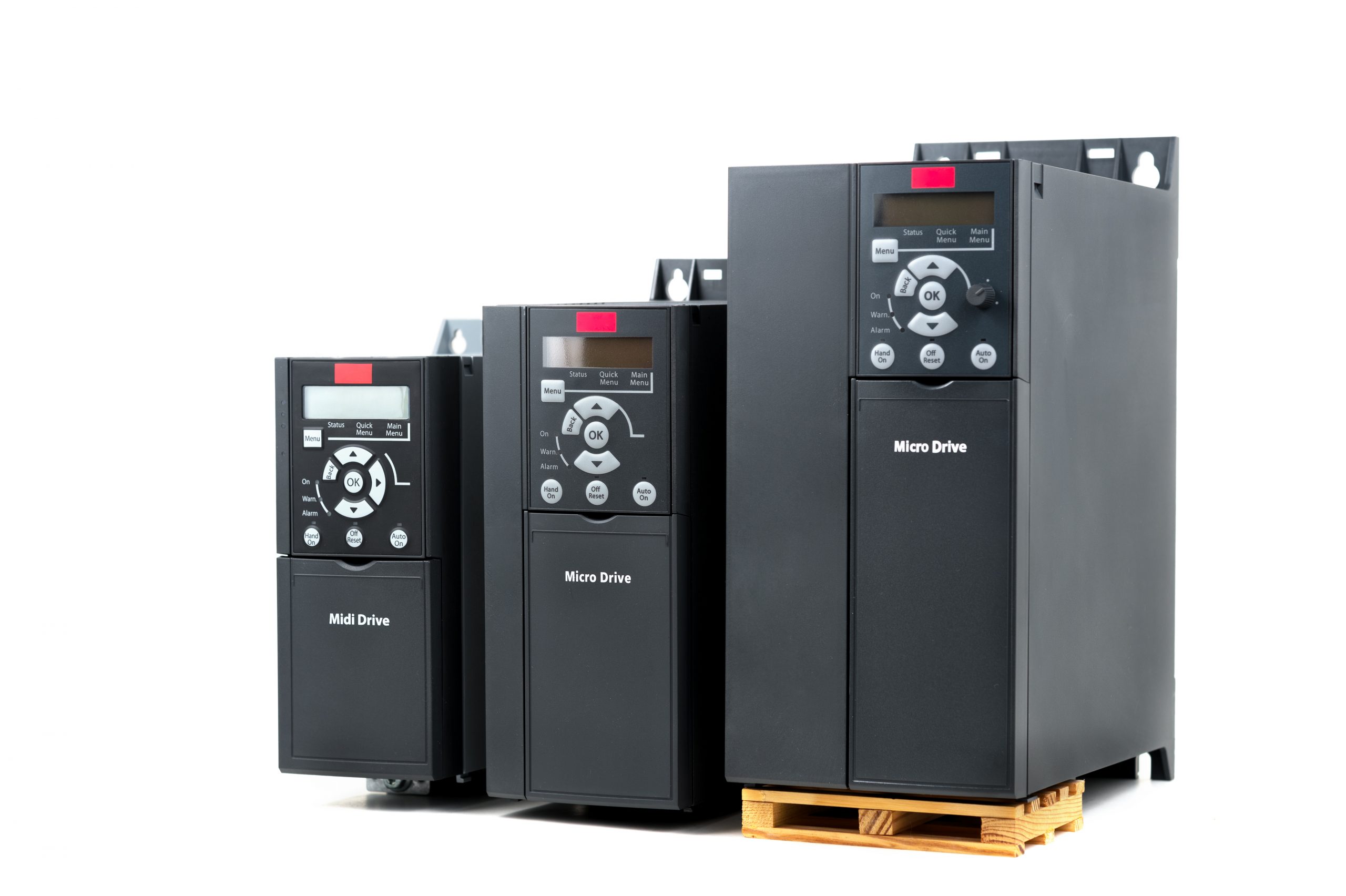newbury
Super Star Member
- Joined
- Jan 8, 2009
- Messages
- 14,797
- Location
- From Vt, in Va, retiring to MS
- Tractor
- Kubota's - B7610, M4700
I might have posted this before -but-
I've 6 pieces of used 3 phase woodworking equipment (up to 5hp) I bought at a auction. Our son (a maintenance/electrical type) was going to help me build and hook up to a rotary phase converter. He never got around to it. At that time VFD's in the power range required were running about $1K and up. And I was told that I would need a VFD for each machine or have to go through a pain of reprogramming the VFD.
VFD prices seem to have dropped.
Is there some way I could just hook up a VFD big enough for the maximum size motor and plug the equipment in one at a time?
I'm a 1 person shop so running 1 thing at a time is fine.
I've 6 pieces of used 3 phase woodworking equipment (up to 5hp) I bought at a auction. Our son (a maintenance/electrical type) was going to help me build and hook up to a rotary phase converter. He never got around to it. At that time VFD's in the power range required were running about $1K and up. And I was told that I would need a VFD for each machine or have to go through a pain of reprogramming the VFD.
VFD prices seem to have dropped.
Is there some way I could just hook up a VFD big enough for the maximum size motor and plug the equipment in one at a time?
I'm a 1 person shop so running 1 thing at a time is fine.

